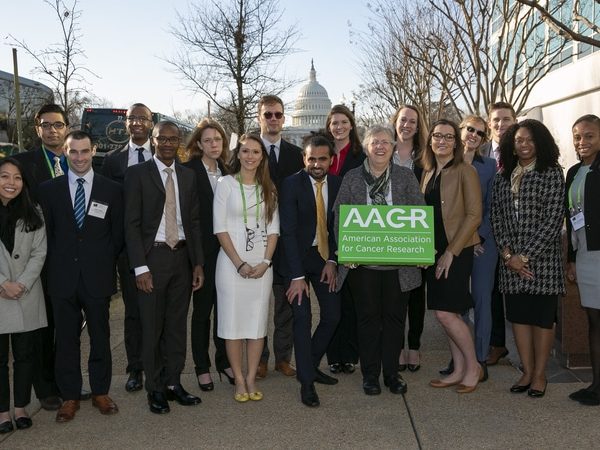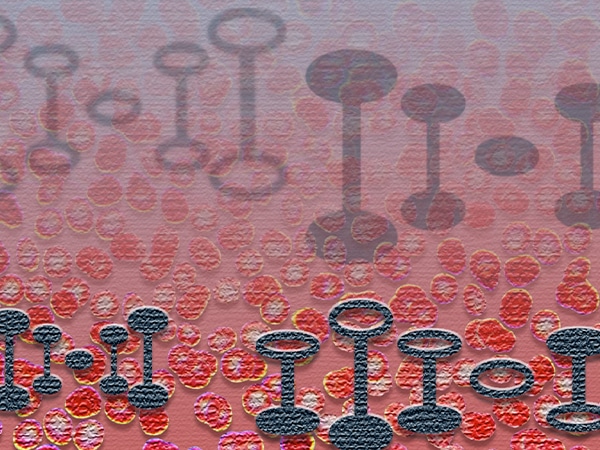Childhood Acute Myeloid Leukemia and Other Myeloid Malignancies

Childhood acute myeloid leukemia (AML) is a cancer of the blood and bone marrow. AML is also called acute myelogenous leukemia, acute myeloblastic leukemia, acute granulocytic leukemia, and acute nonlymphocytic leukemia. AML may occur after treatment with certain anticancer drugs and/or radiation therapy.
Normally, the bone marrow makes blood stem cells that become mature blood cells over time. A blood stem cell may become a myeloid stem cell or a lymphoid stem cell. A myeloid stem cell becomes one of three types of mature blood cells: red blood cells, white blood cells, or platelets.
In AML, the myeloid stem cells usually become a type of immature white blood cell called myeloblasts (or myeloid blasts). The myeloblasts are abnormal and can build up in the blood and bone marrow so there is less room for healthy white blood cells, red blood cells, and platelets. When this happens, infection, anemia, or easy bleeding may occur.
Childhood Acute Myeloid Leukemia/Other Myeloid Malignancies Treatment (PDQ®)Source: National Cancer Institute



